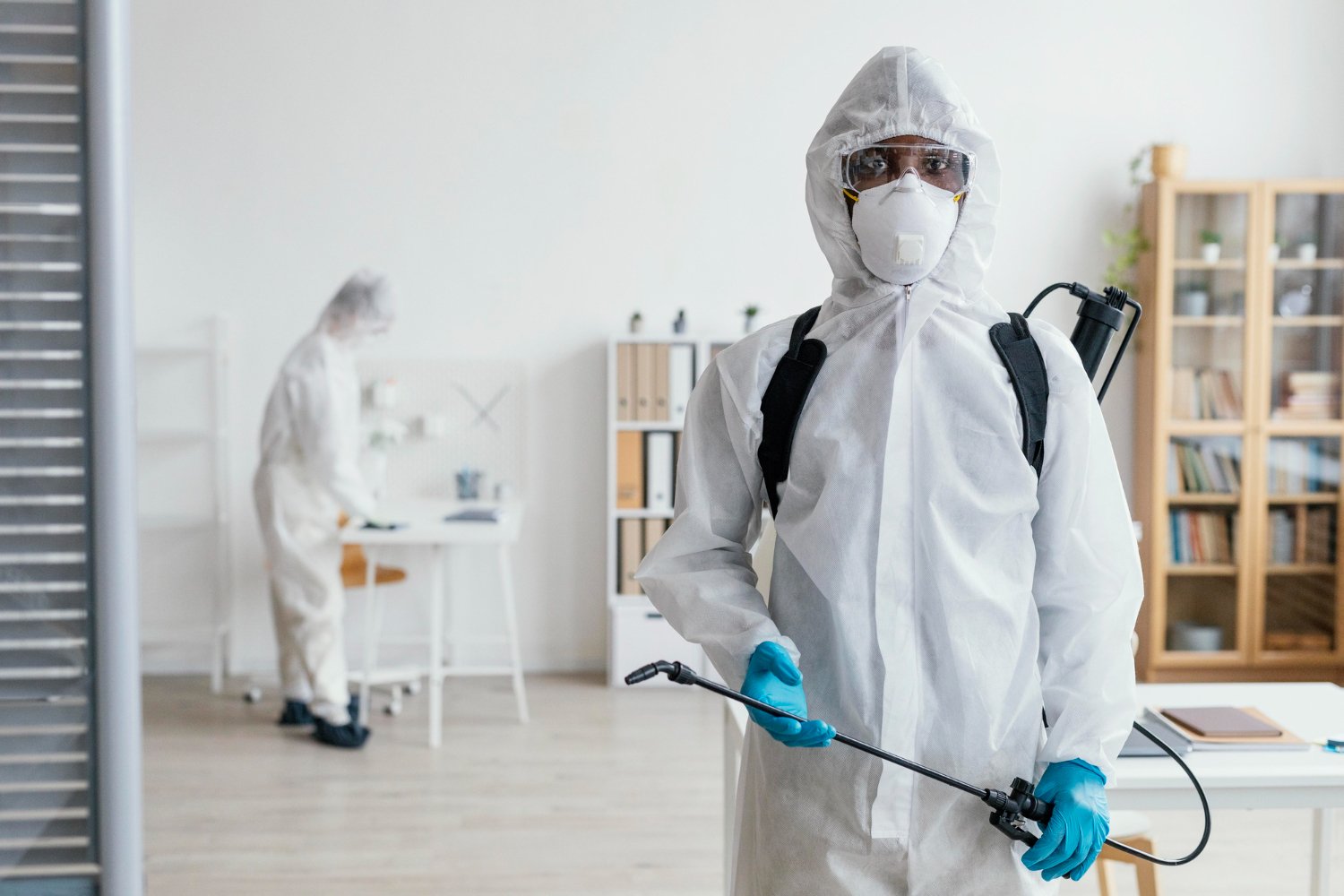Bed Insect Therapy Break Down: Comparing Chemical Vs. Non-Chemical Solutions
In the world of insect control, particularly when dealing with the relentless issue of bed bugs, the option between chemical and non-chemical therapy remedies can be a pivotal one. Both techniques supply unique benefits and drawbacks, influencing aspects such as effectiveness, safety and security considerations, and general price. By analyzing the nuanced information of each approach, a clearer understanding of which path to pursue in addressing a bed bug invasion can be acquired.
Effectiveness of Chemical Treatments
Chemical therapies for bed bug problems have actually been widely acknowledged for their quick and powerful effectiveness in eliminating these parasites. When considering the effectiveness of chemical therapies, it is vital to comprehend that they can supply a quick and extensive remedy to a bed bug trouble.
Furthermore, chemical therapies have the advantage of supplying residual results, implying that they can proceed to eliminate bed pests even after the preliminary application. This residual action is specifically valuable in combating any potential re-infestations. Furthermore, the rapid action of chemical therapies can bring alleviation to individuals encountering severe bed insect invasions, permitting them to regain control of their home quickly.
Safety And Security Interest In Chemical Solutions
One vital facet that needs cautious consideration when making use of chemical solutions for bed insect treatment is making sure the security of passengers and the setting. While chemical treatments can be effective in eliminating bed pests, they might posture threats otherwise managed effectively. Among the key safety and security worries with chemical options is the prospective damage they can trigger to human health. Direct exposure to particular chemicals made use of in bed pest treatments can cause breathing problems, skin inflammation, or other adverse responses, especially in people with pre-existing problems or sensitivities. Additionally, improper application or dose of chemical pesticides can cause toxic deposits remaining in the treated location, presenting long-lasting wellness threats to residents.
Moreover, the environmental impact of chemical options is one more considerable consideration. Some pesticides used in bed pest therapies may be dangerous to helpful pests, wild animals, and environments if they leach right into the dirt or water supply. It is important to make use of chemical therapies sensibly, complying with safety standards, and thinking about less poisonous choices to alleviate these dangers and make certain the reliable and secure monitoring of bed bug infestations.
Benefits of Non-Chemical Techniques
Taking into consideration the prospective security issues and ecological effect associated with chemical remedies for bed pest therapy, exploring non-chemical strategies provides a promising choice with a number of distinct advantages. Non-chemical treatments are eco pleasant, as they do not add to air or water pollution, making them a lasting choice for bug control.
Additionally, non-chemical options can be reliable in targeting bed pests, including hard-to-reach locations where chemical treatments may not permeate - A1 bed bug exterminator charlotte. Approaches such as warmth therapy, vacuuming, steam cleaning, and mattress coverings provide complete eradication without the use of hazardous chemicals.
Limitations of Non-Chemical Treatments

Additionally, non-chemical treatments usually require several applications to accomplish successful eradication. This can be lengthy and may not constantly assure complete removal of all bed pests and their eggs, particularly in hard-to-reach or concealed places.
Moreover, the success of non-chemical therapies greatly depends on proper application and thoroughness, which can be testing for people without specialist know-how. Poor application of non-chemical approaches might result in insufficient eradication, causing relentless problems and the demand for additional therapies.
For that reason, while non-chemical treatments have their advantages, it is important to recognize these constraints and consider them when establishing the most efficient technique for handling bed insect invasions.
Cost Contrast: Chemical Vs. Non-Chemical Options
Provided the restrictions connected with non-chemical treatments, an essential element to review in the context of bed bug administration is the cost contrast in between chemical and non-chemical alternatives. In contrast, non-chemical therapies like heat treatment or heavy steam can be extra expensive, with expenses varying from $1,000 to $6,000 for an entire home. While the first price of chemical treatments may appear reduced, several treatments may be called for to fully get rid of the infestation, potentially raising the overall expense.
Final Thought

Considering the possible safety worries and environmental impact connected with chemical remedies for bed bug treatment, discovering non-chemical techniques visit here offers an encouraging alternative with a number of unique benefits.Offered the limitations associated with non-chemical therapies, an important element to evaluate in the context of bed bug administration is the expense contrast in between chemical and non-chemical alternatives. annual pest control In contrast, non-chemical treatments like heat therapy or vapor can be more expensive, with expenses varying from $1,000 to $6,000 for a whole home. While the first price of chemical treatments may appear lower, several therapies might be required to fully remove the problem, possibly raising the total price.In verdict, when comparing chemical and non-chemical bed insect treatment choices, it is essential to consider effectiveness, safety, benefits, limitations, and price.
Comments on “A1 Pest Control Charlotte NC Bed Bugs - Specialist Extermination Services”